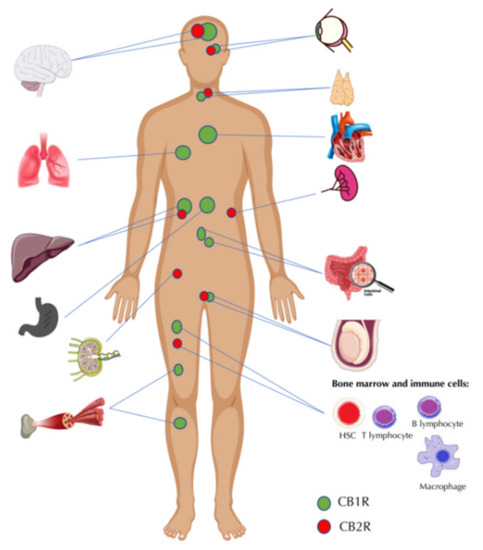
“Background and objective: Cannabidiol, one of the main components of the Cannabis sativa plant, is a non-psychotropic cannabinoid that has recently drawn the attention of researchers and clinicians for its potential therapeutic applications. In this systematic review, we aim to describe the possible effects of cannabidiol in appetite and body weight.
Methods: Both authors independently ran a thorough search in both PubMed and Cochrane databases up to 31 July, 2022 and included every peer-reviewed, original randomized controlled clinical trial that reported data on either of the said outcomes. Risk of assessment bias was performed with Cochrane’s risk of bias tool and results were summarized in tables.
Results: A total of 11 trials were included in this review. Of these, the majority reported on cannabidiol reducing appetite and/or body weight whilst some have found no significant changes and one trial described an increase in appetite.
Conclusions: This systematic review suggests that cannabidiol has an anorexigenic effect, correlated with a decrease in body weight. However, most of the studies included in the present review raised some concerns in terms of risk of bias. We believe further research is needed in order to clarify potential mechanisms involved in the effect of cannabidiol on feeding/appetite.”
https://pubmed.ncbi.nlm.nih.gov/36180814/
“In light of the available evidence, CBD appears to have an anorexigenic effect that may be more substantial in individuals with a higher BMI. Cannabinoids are known to have an orexigenic effect mediated by CB1 and CB2 receptors, but distinctly from Δ9-THC, which possesses an orexigenic effect, CBD appears to decrease food intake. This observation is very interesting and clearly relevant in the context of obesity, a disease whose prevalence is increasing worldwide and which constitutes a risk factor for the development of comorbid conditions such as hyperinsulinemia, insulin resistance, type 2 diabetes, hypertension, dyslipidemia, coronary heart disease, gallbladder disease, and certain malignancies [45, 46]. Therefore, the evidence presented in the present work points to the need for additional primary research in order to unveil and clarify mechanisms of not only appetite modulation by CBD, but also on other metabolic effects of CBD that may contribute to changes in body weight.”
https://link.springer.com/article/10.1007/s40261-022-01205-y






